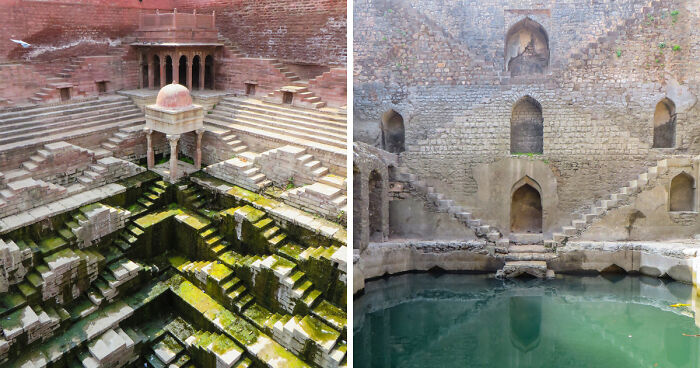
I’ve Spent Years Searching For India’s Vanishing Subterranean Marvels
Thirty years ago on my first of many visits to India, I saw a form of architecture design entirely unknown to me. Called a “step-well” (but known throughout India by many other names including “vav” and “baoli”). I was stunned after peering over a low stone wall to find the ground disappear beneath me. A man-made stepped chasm plunged six stories underground, full of ornate stone columns and sculpture that seemed to disappear into murky shadows.
Talk about dramatic: it was thrilling, subversive, and disorienting to be staring down into the ancient history of architecture rather than looking up at it. I’d never experienced anything like it.
I’d studied architecture and art, so why hadn’t I ever heard of a step-well? Turns out very few people have, even in India, and consequently these interesting buildings have largely slipped off history’s grid. Four years ago, with that indelible memory still haunting me, I began seeking out more step-wells and found myself utterly obsessed. Now, I’ve seen about a hundred and twenty in seven states, with more soon to come.
The purpose of this clever design was simple: provide water 24/7, all year long. But in India’s dry desert states, accessing groundwater might mean digging a hole nine stories deep, and the only way to reach the buried water was by long stepped corridors. When torrential monsoon rains eventually moved in for weeks or months, the water table rose significantly and many of the steps – if not all – would submerge, gradually revealing themselves again as the water level subsided.
Last year, the largest, costliest, most grandiose step-well of all – Rani ki Vav in Patan, Gujarat – finally became a UNESCO World Heritage Site after many years on the waiting list. Hopefully, this will stimulate more interest, and perhaps in the future, the beautiful places will appear on tourist itineraries rather than on an “extinct species” list.
Mahila Bag Jhalra, Jodhpur, Rajasthan
Agrasen ki Baoli, Delhi (14th c.)
Anonymous Baoli, Narnaul, Haryana
Dada Harir Vav, Ahmedabad, Gujarat (1499)
Mukundpura Baoli, Narnaul
Raniji ki Baoli, Bundi, Rajasthan (1699)
Ujala Baoli, Mandu, Madhya Pradesh (late 15th c.)
Helical Vav, Champaner, Gujarat (15th c.)
Panna Meena Kund, Jaipur, Rajasthan (16th c.)
Rajon ki Baoli, Delhi (1506)
Rudabai Vav, Adalaj, Gujarat (1499)
Chand Baori, Abhaneri, Rajasthan ( 9th – 10th c.)
Indaravali Baoli, Fatehpur Sikri, Rajasthan (16th c.)
Rajon ki Baoli, Delhi (1506)
Neemrana Baoli, Neemrana, Rajasthan (1570)
Assi Khamba Baoli, Gwalior, Madhya Pradesh (16th)
Mirza Alijan Baoli, Narnaul, Haryana
Ratala Vav, Rampura, Gujarat (15th c.)
Bhamaria Vav, Mehmedabad, Gujarat (c 1500)
51Kviews
Share on FacebookHaha, I've been compared to Indian Jones - but yes, Lara would liker those places.
Load More Replies...The great thing is that those buildings are still in shape. But plastic bottles and other trashes are really disturbing :(
That's the first thought I had when I was scrolling through the magnificent pictures!
Load More Replies...Always amazes me how they managed such grandiose construction so long ago. The architects must have been geniuses. Great pictures Victoria.
Some great shots - Europe and India The main feeling I get is sadness at their loss of surface beauty.
How beautiful! What an interesting concept! I never actually thought about these. Such a petty people throw litter into them! something created centuries ago, withstanding nature with no renovation deserves utmost respect!
These are amazing! I was wondering about the doors and galleries: what is beyond them? Inner stairways? Are there rooms built into these? I'm very curious!
Yes - one of the is the Queen's Bath, I forget the name of the other. They're more for bathing than drinking, but so beautiful. As is all of Hampi! Thanks for your comment...
Load More Replies...Hi - actually the state of preservation is deplorable in most - filthy, decrepit, dangerous - I just didn't include those because they're not very photogenic.My hope is to raise awareness so more people will see them, improving their chances of survival!
Load More Replies...Wonderful of you Victoria. I wish there were Indian architects as passionate about these as you
It's unbelievable that people at that time in history could build those works of art.
Wow Amazing pictures and Architecture! now i definitely need to go India!
Haha, I've been compared to Indian Jones - but yes, Lara would liker those places.
Load More Replies...The great thing is that those buildings are still in shape. But plastic bottles and other trashes are really disturbing :(
That's the first thought I had when I was scrolling through the magnificent pictures!
Load More Replies...Always amazes me how they managed such grandiose construction so long ago. The architects must have been geniuses. Great pictures Victoria.
Some great shots - Europe and India The main feeling I get is sadness at their loss of surface beauty.
How beautiful! What an interesting concept! I never actually thought about these. Such a petty people throw litter into them! something created centuries ago, withstanding nature with no renovation deserves utmost respect!
These are amazing! I was wondering about the doors and galleries: what is beyond them? Inner stairways? Are there rooms built into these? I'm very curious!
Yes - one of the is the Queen's Bath, I forget the name of the other. They're more for bathing than drinking, but so beautiful. As is all of Hampi! Thanks for your comment...
Load More Replies...Hi - actually the state of preservation is deplorable in most - filthy, decrepit, dangerous - I just didn't include those because they're not very photogenic.My hope is to raise awareness so more people will see them, improving their chances of survival!
Load More Replies...Wonderful of you Victoria. I wish there were Indian architects as passionate about these as you
It's unbelievable that people at that time in history could build those works of art.
Wow Amazing pictures and Architecture! now i definitely need to go India!

 Dark Mode
Dark Mode  No fees, cancel anytime
No fees, cancel anytime 




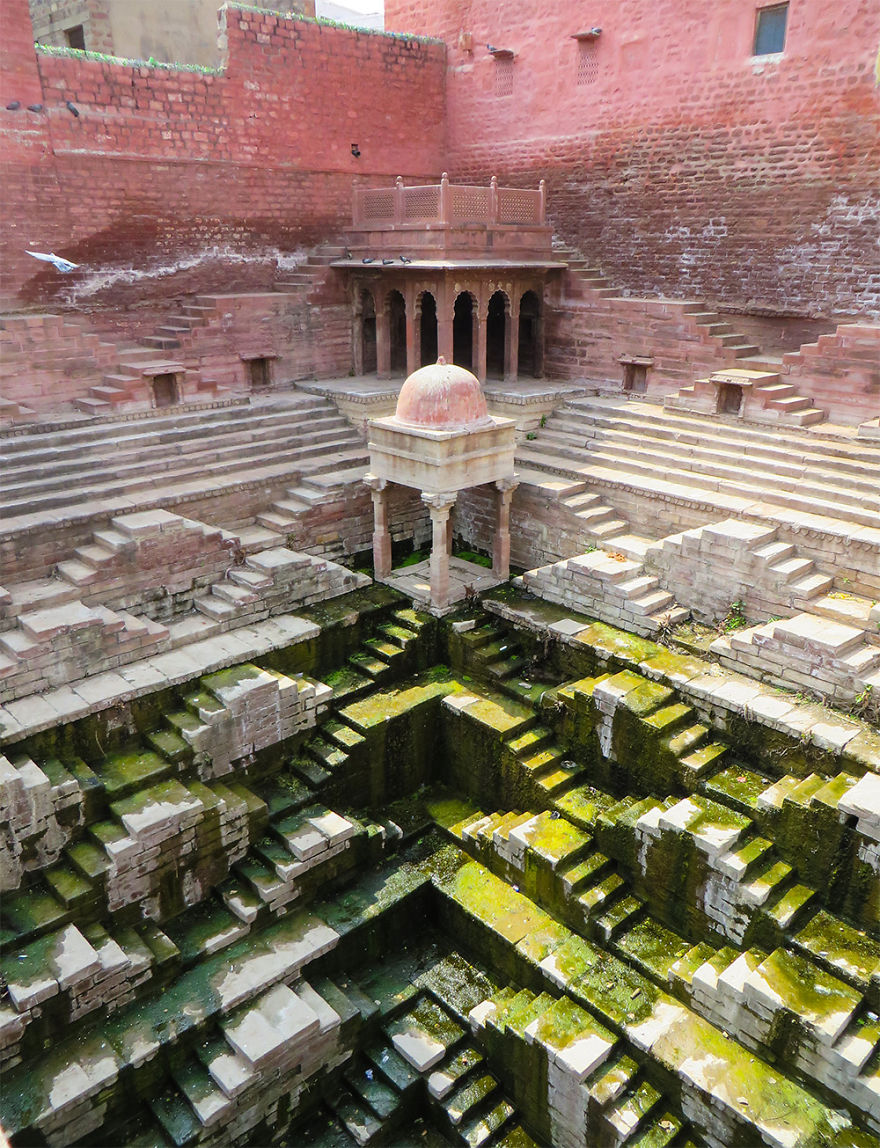
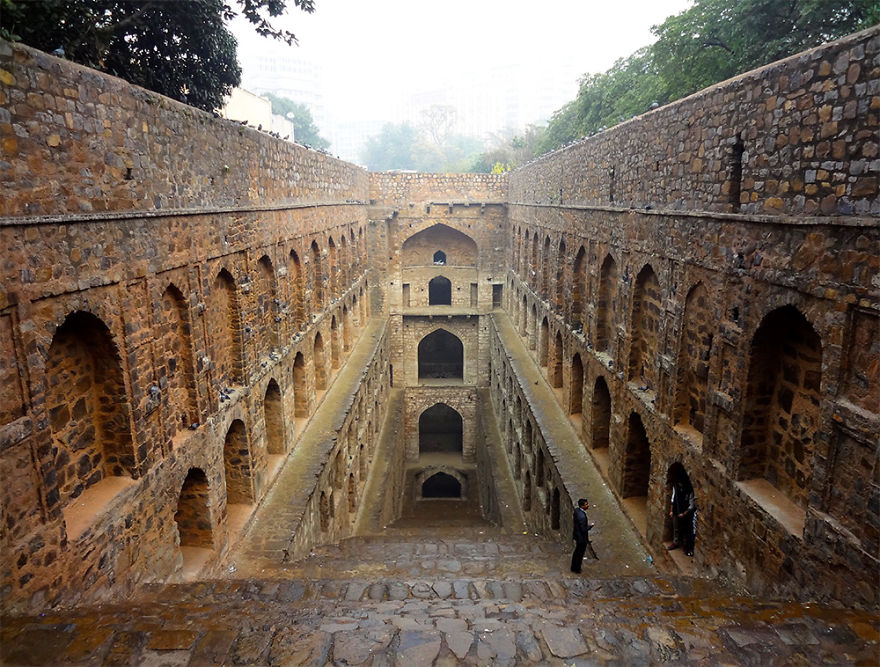

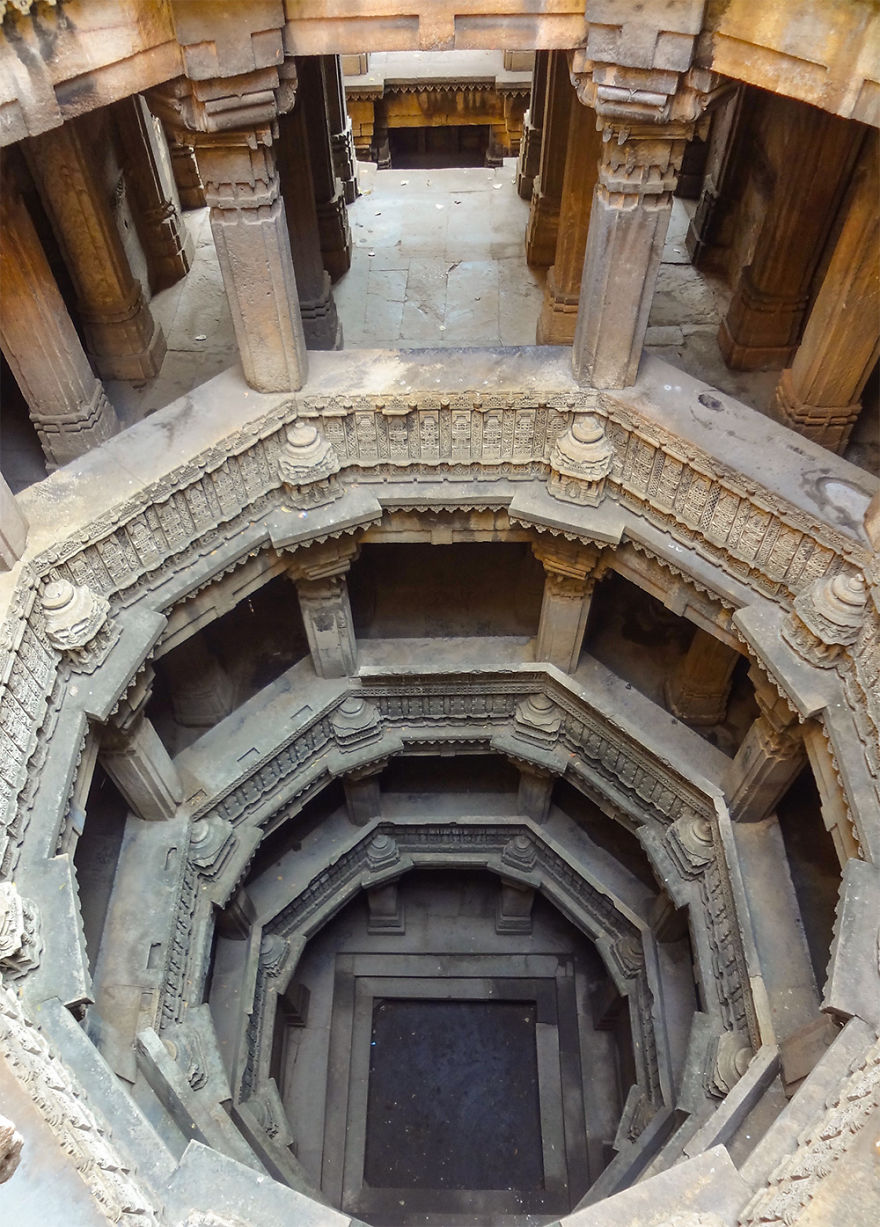
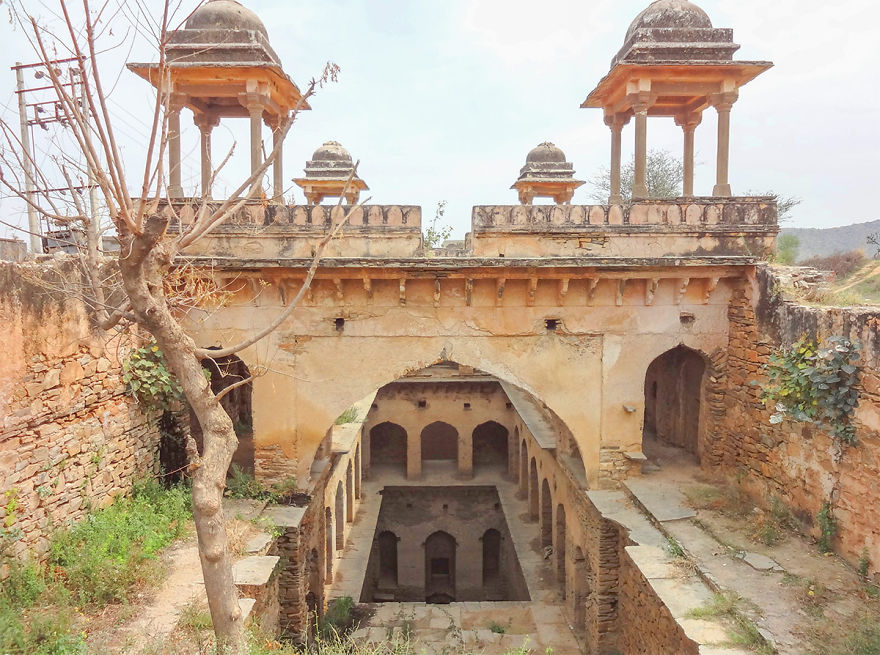
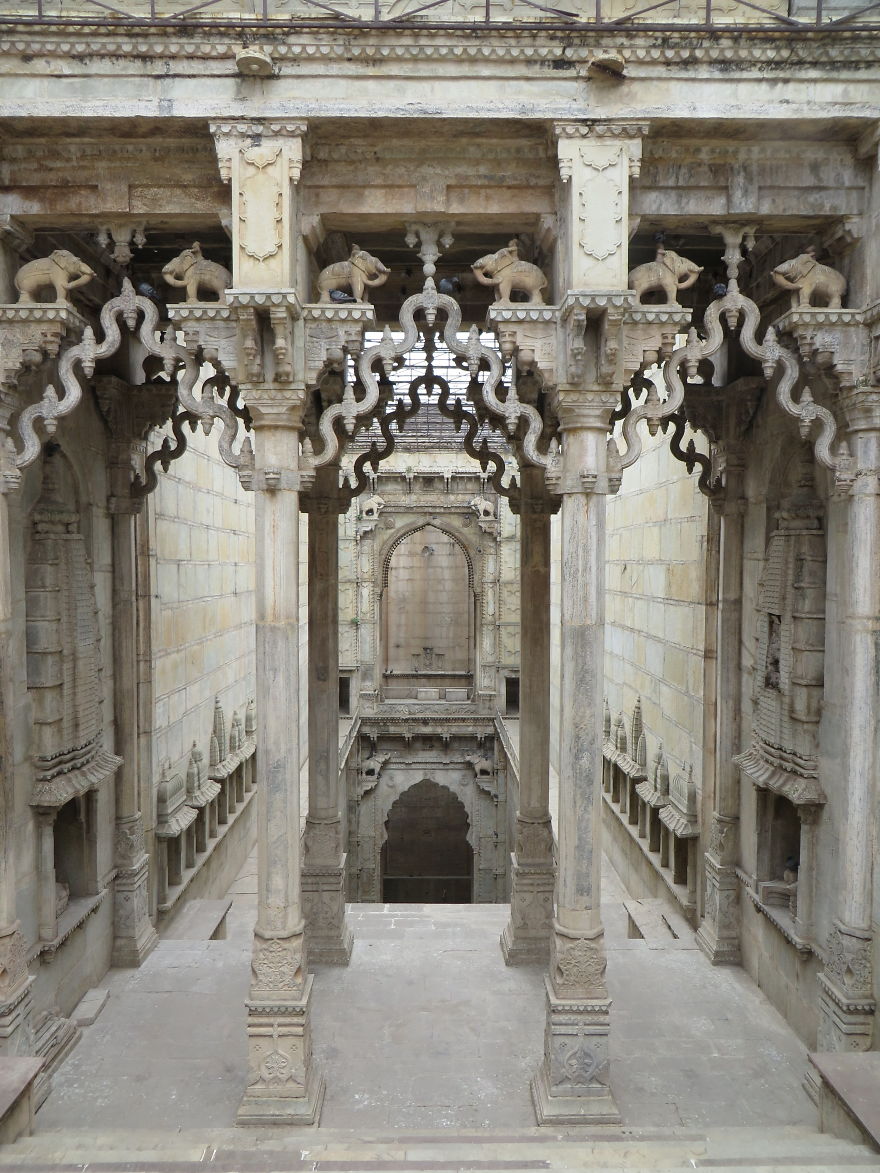
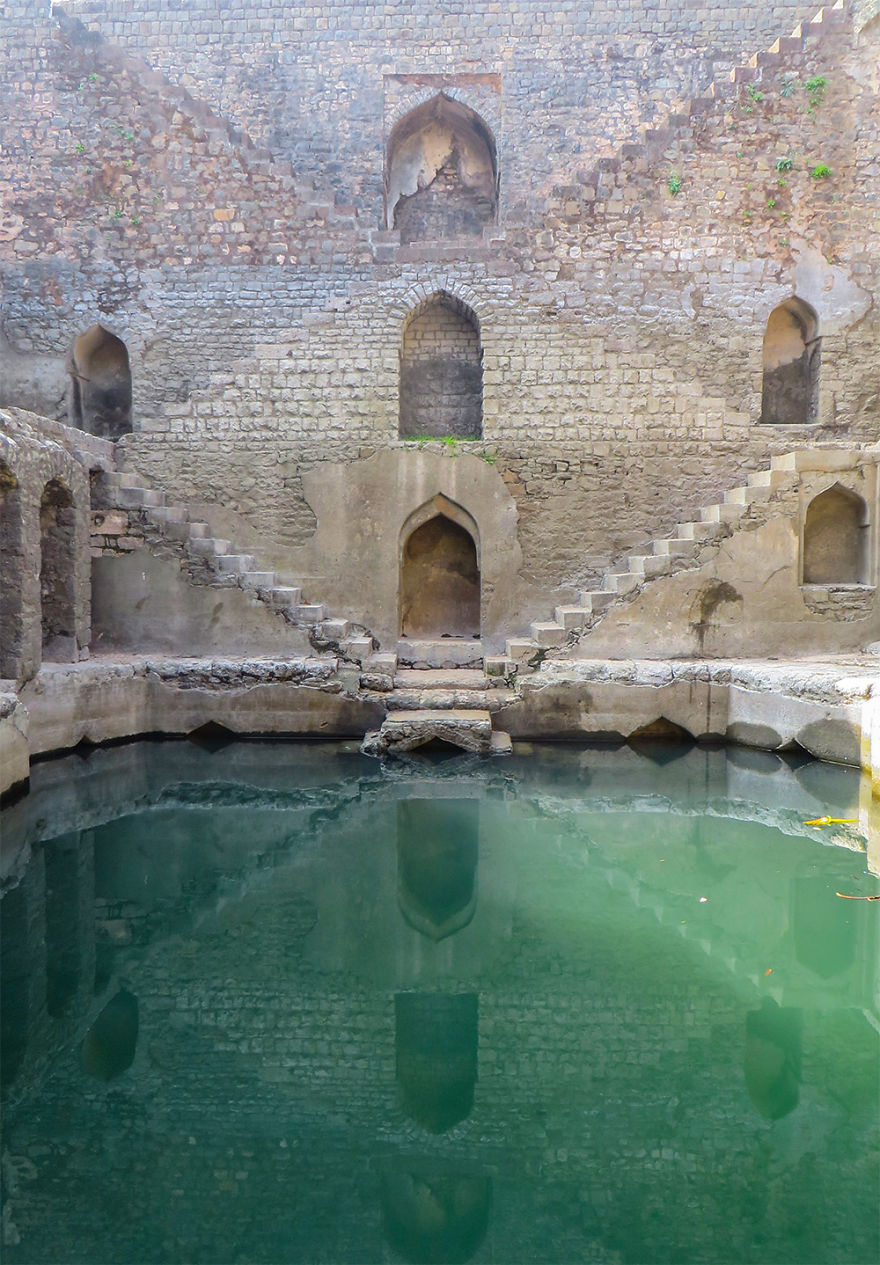
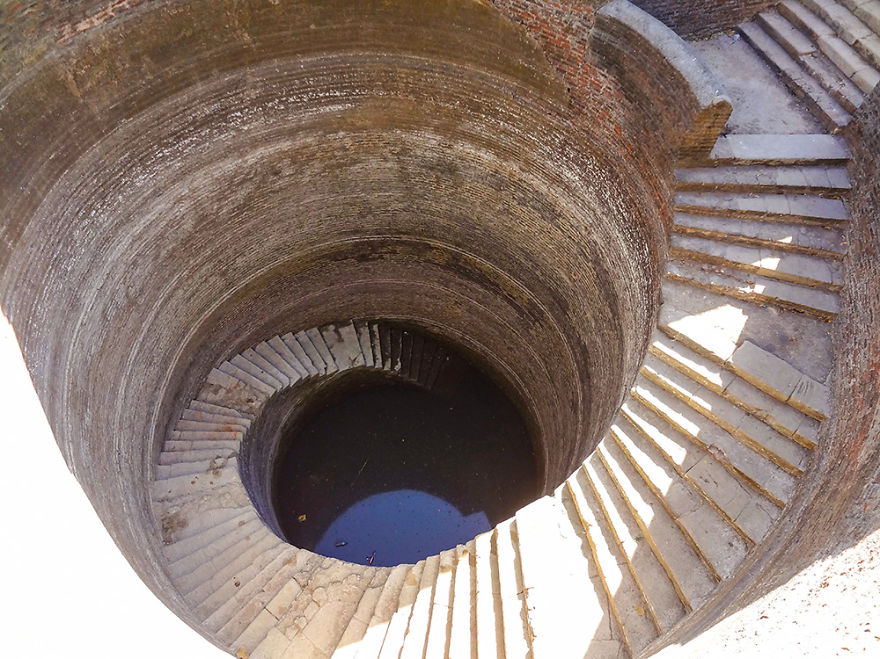
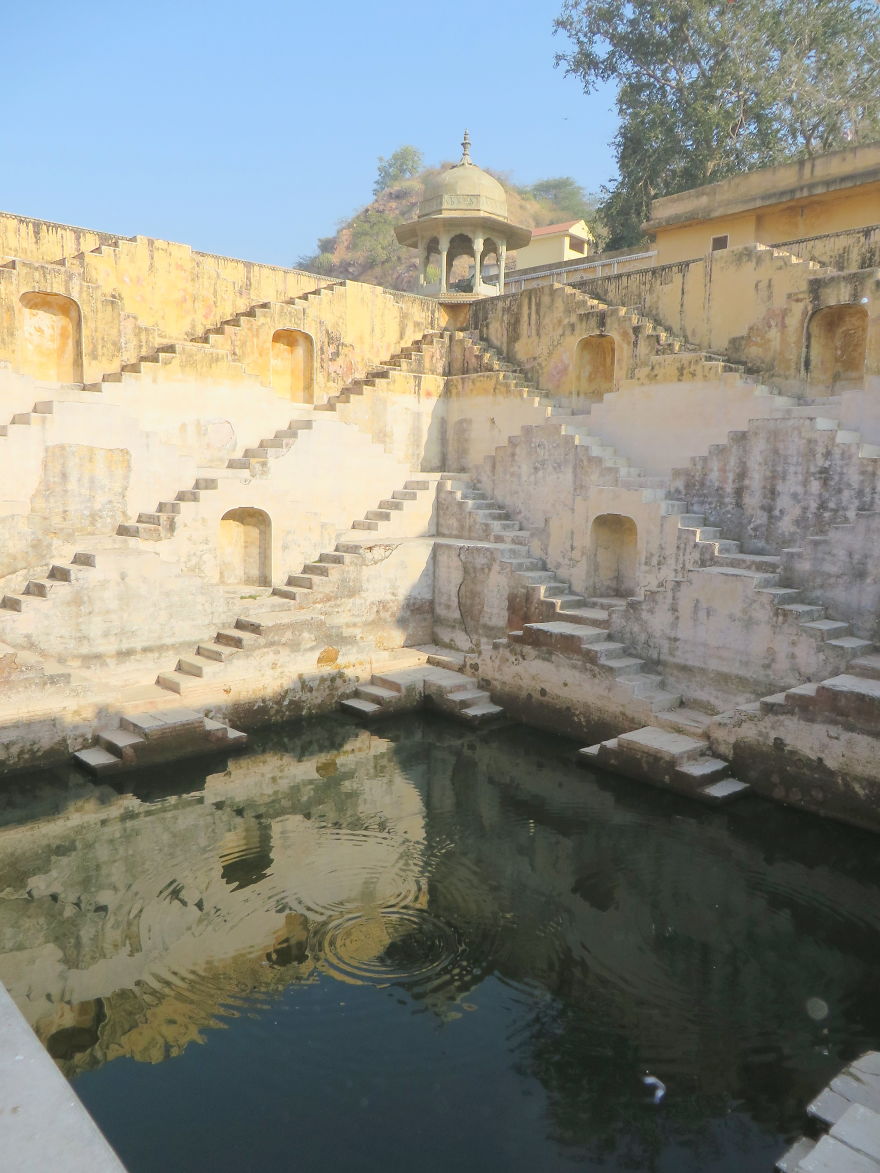
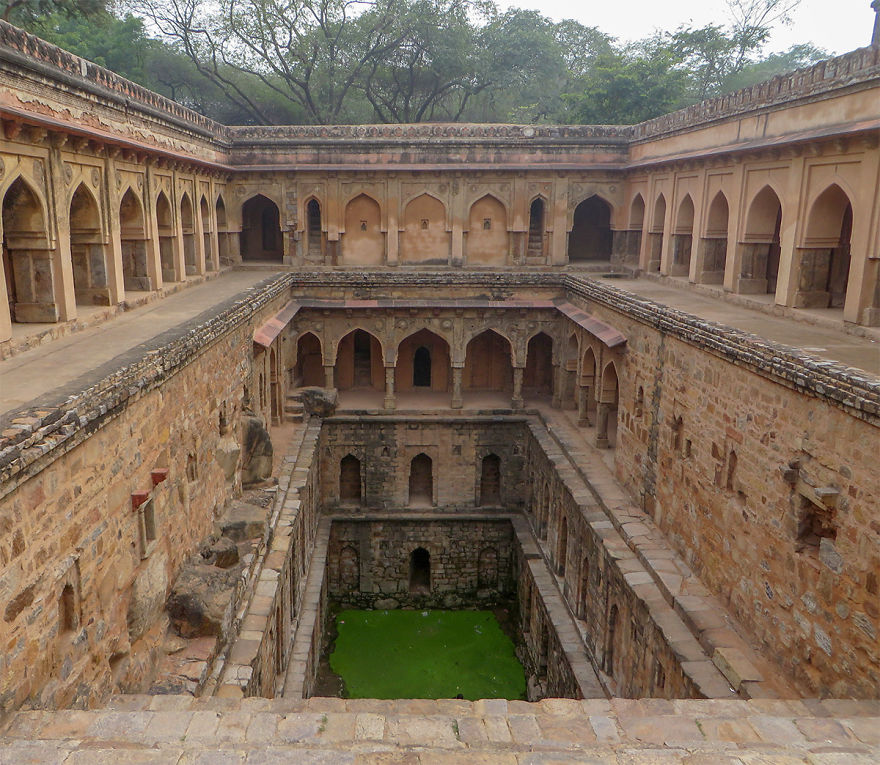
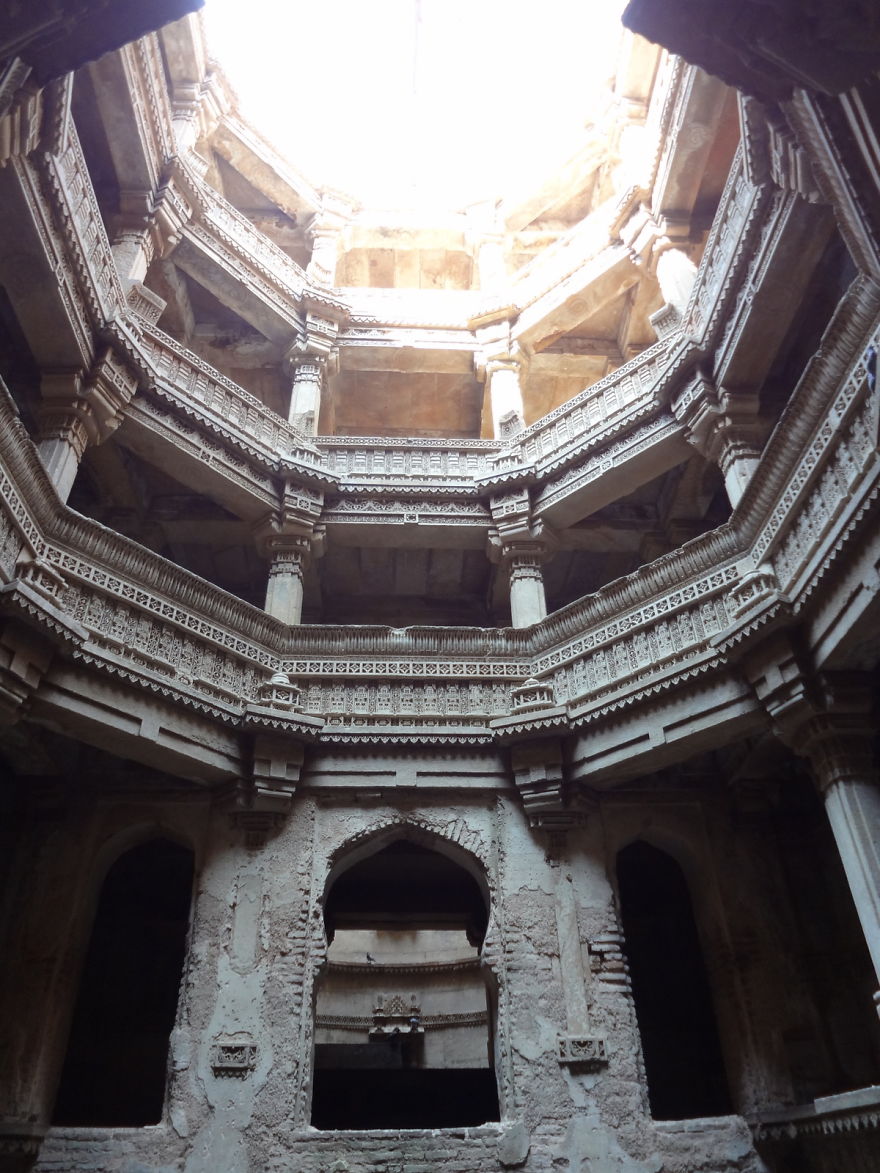
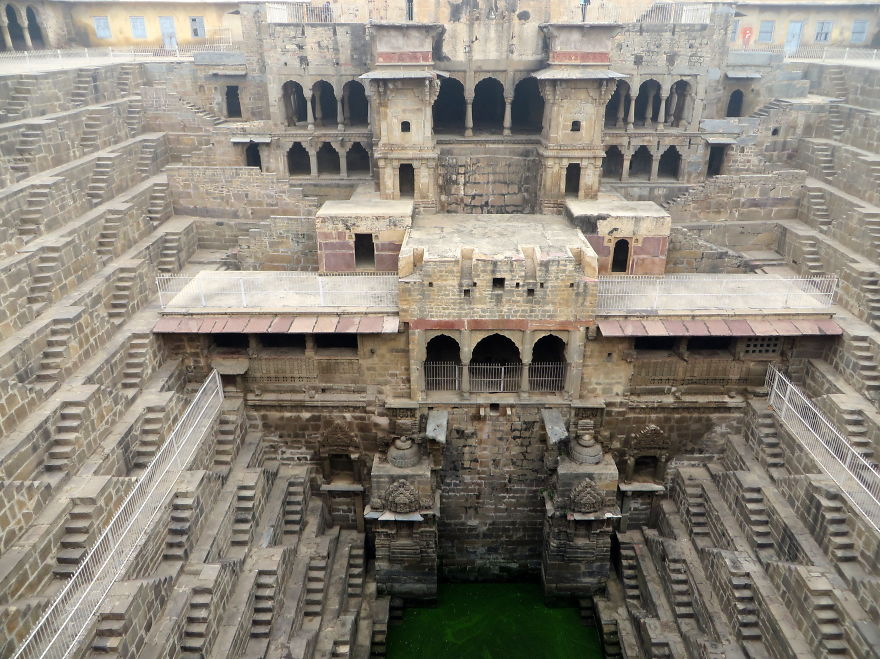
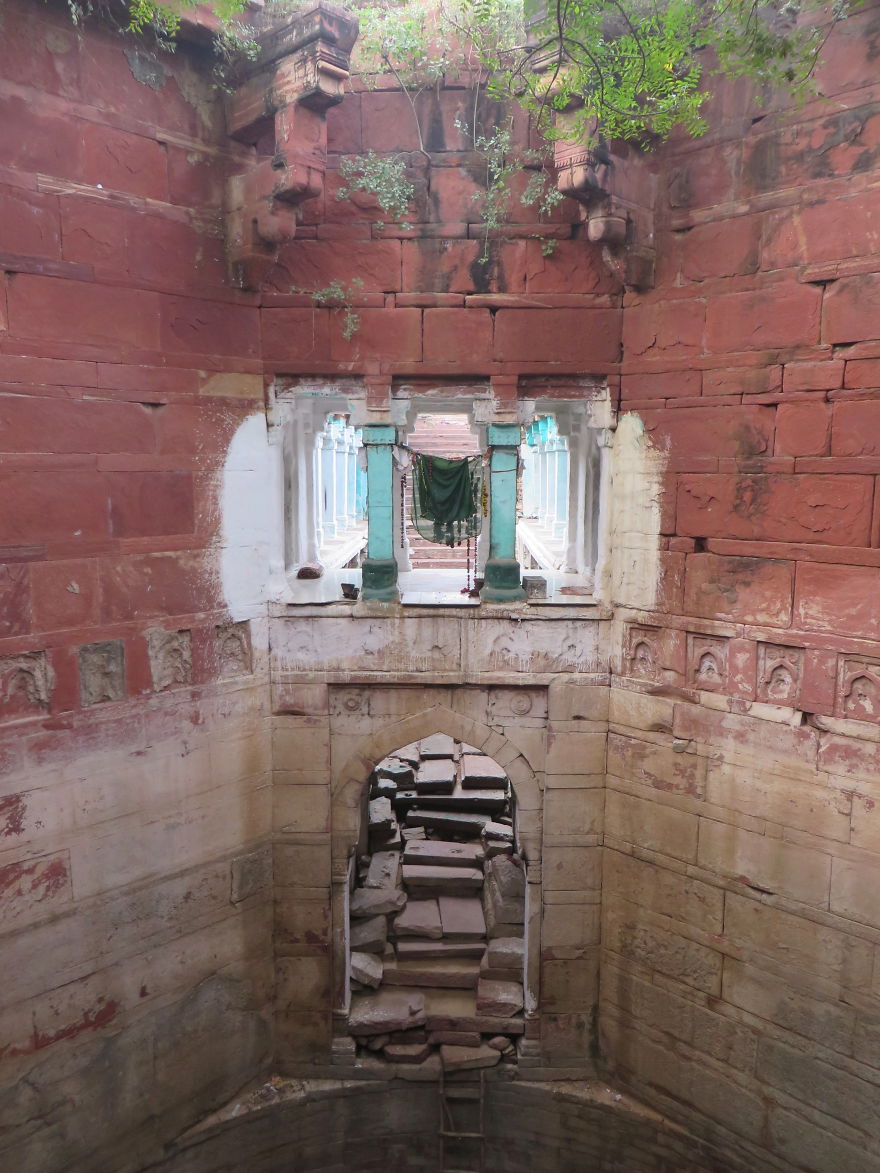
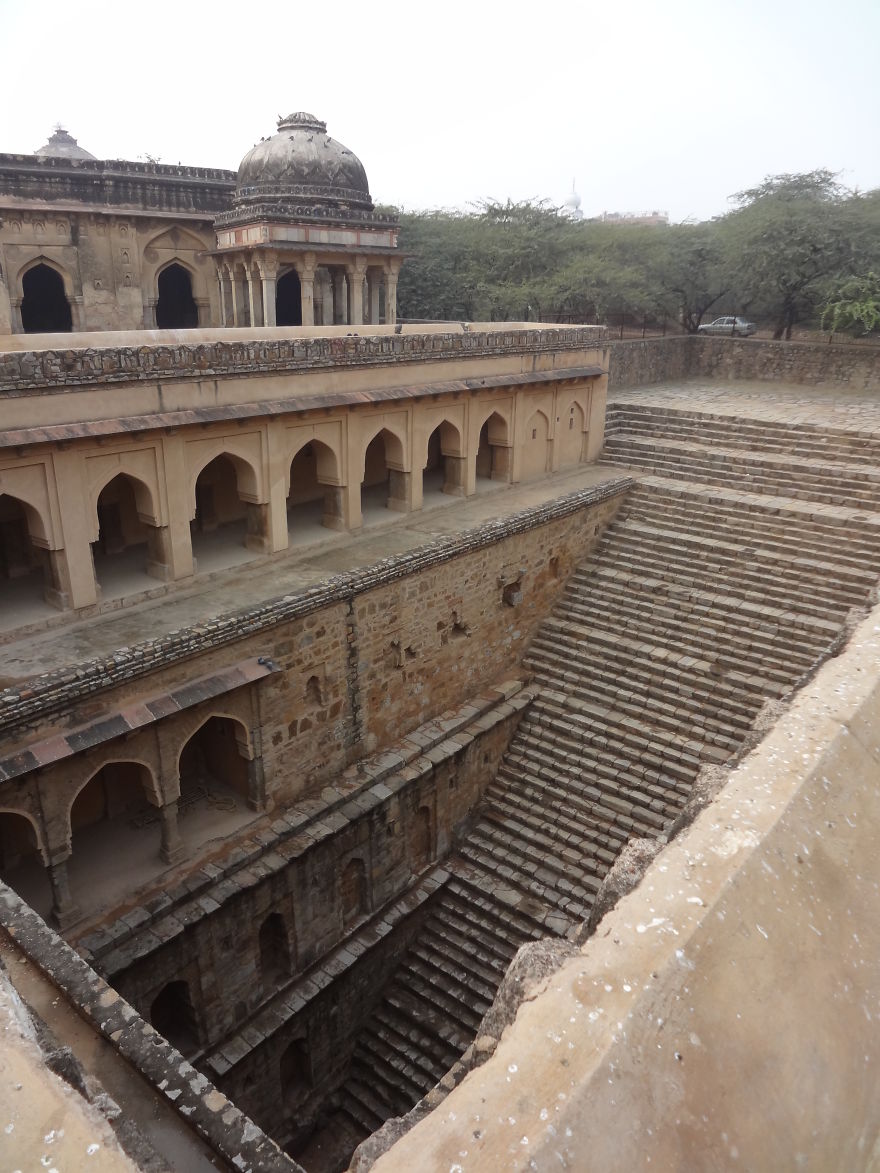
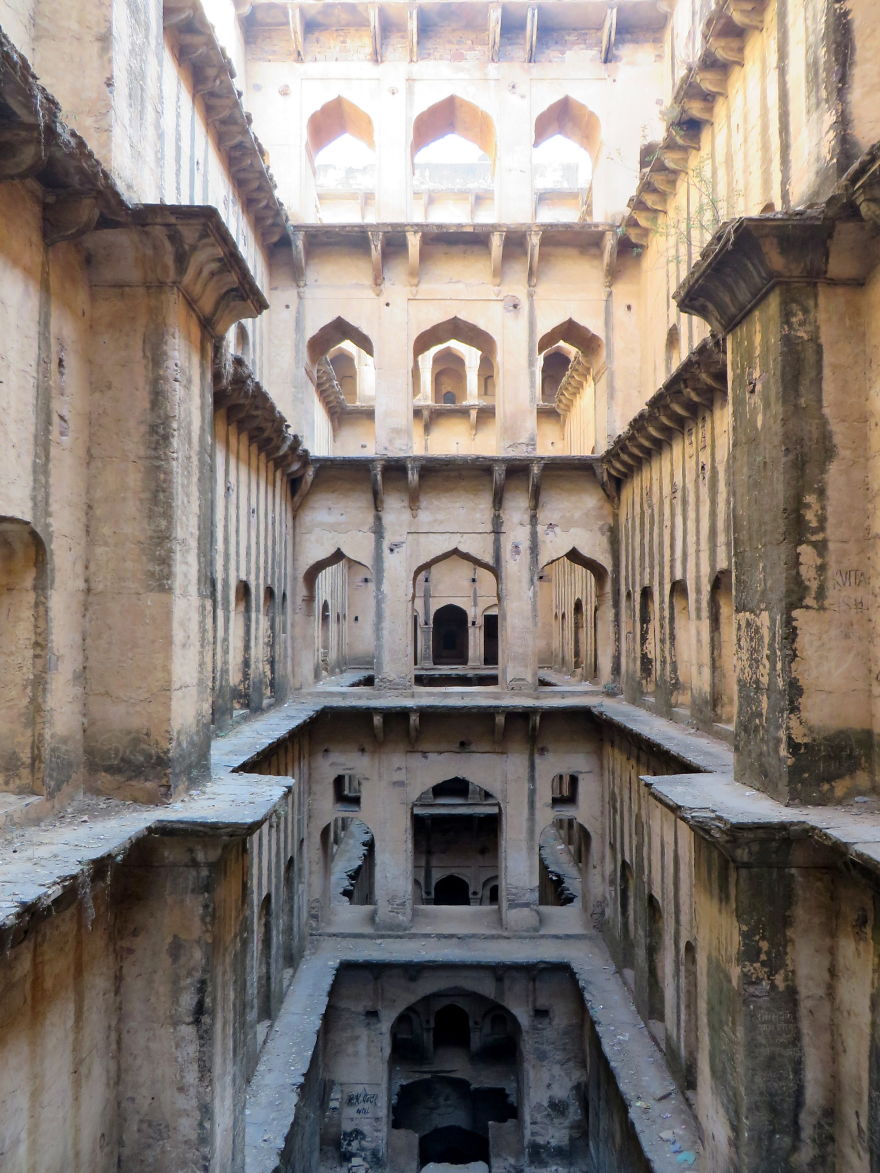
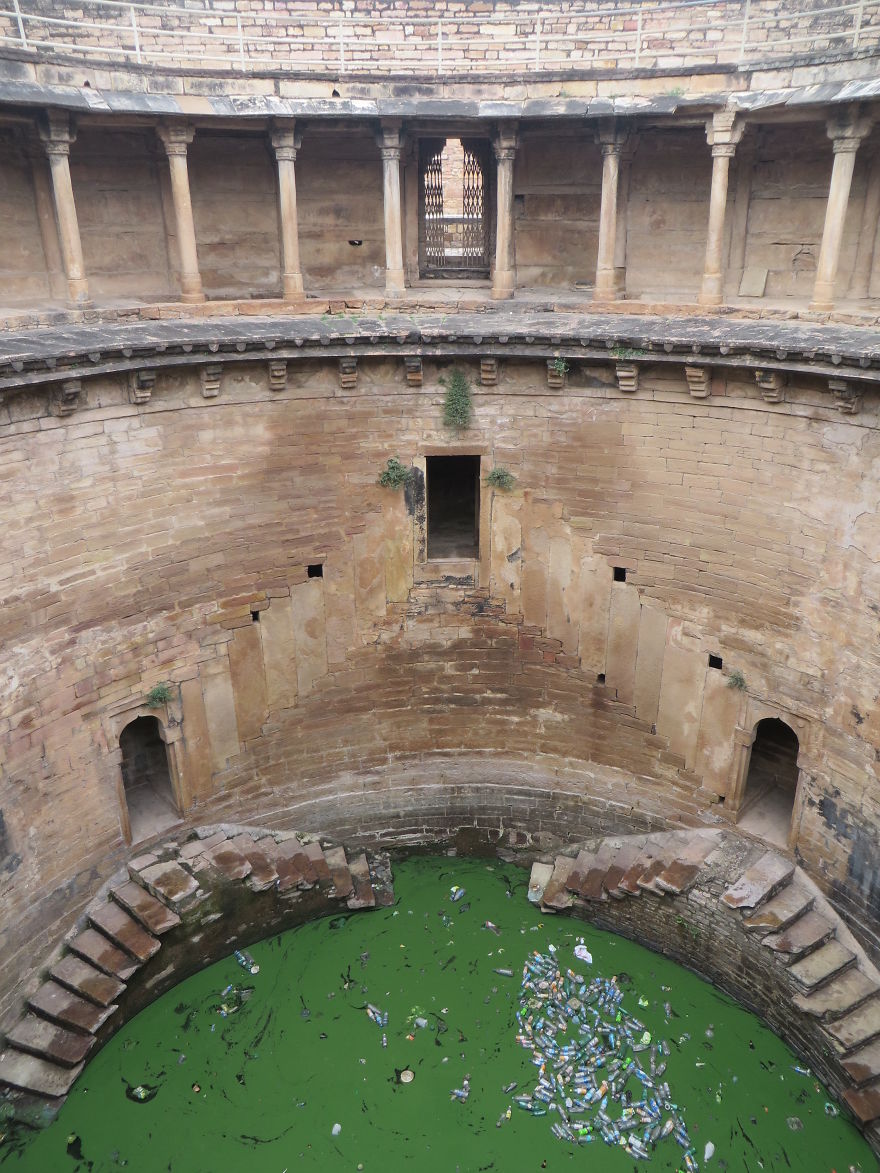
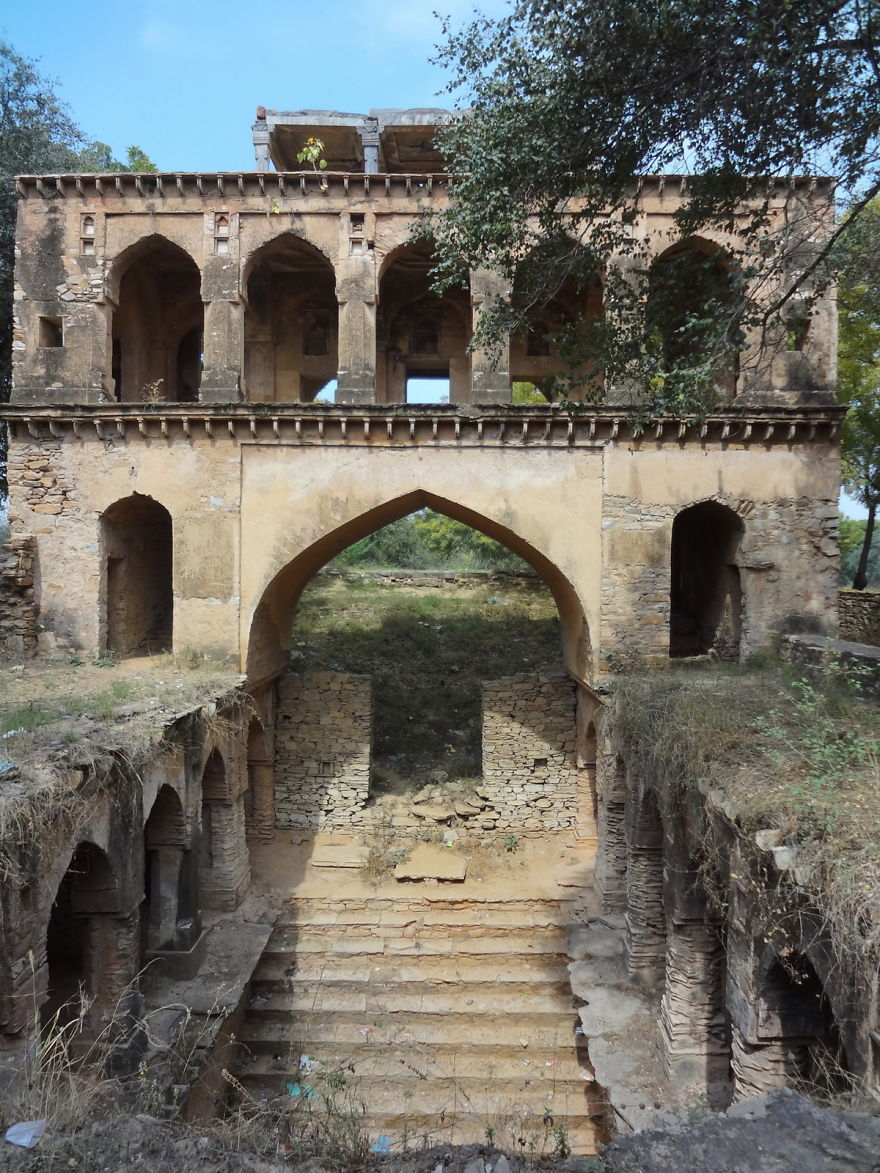
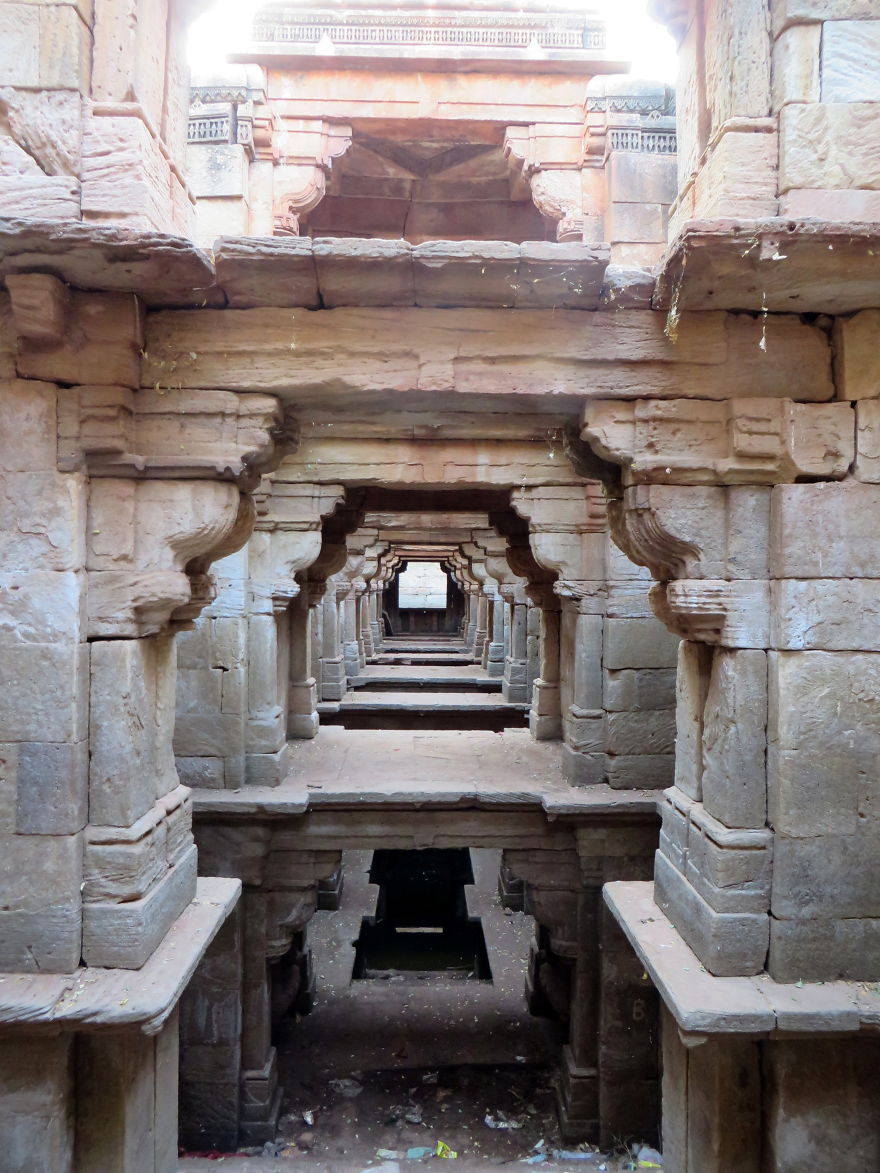
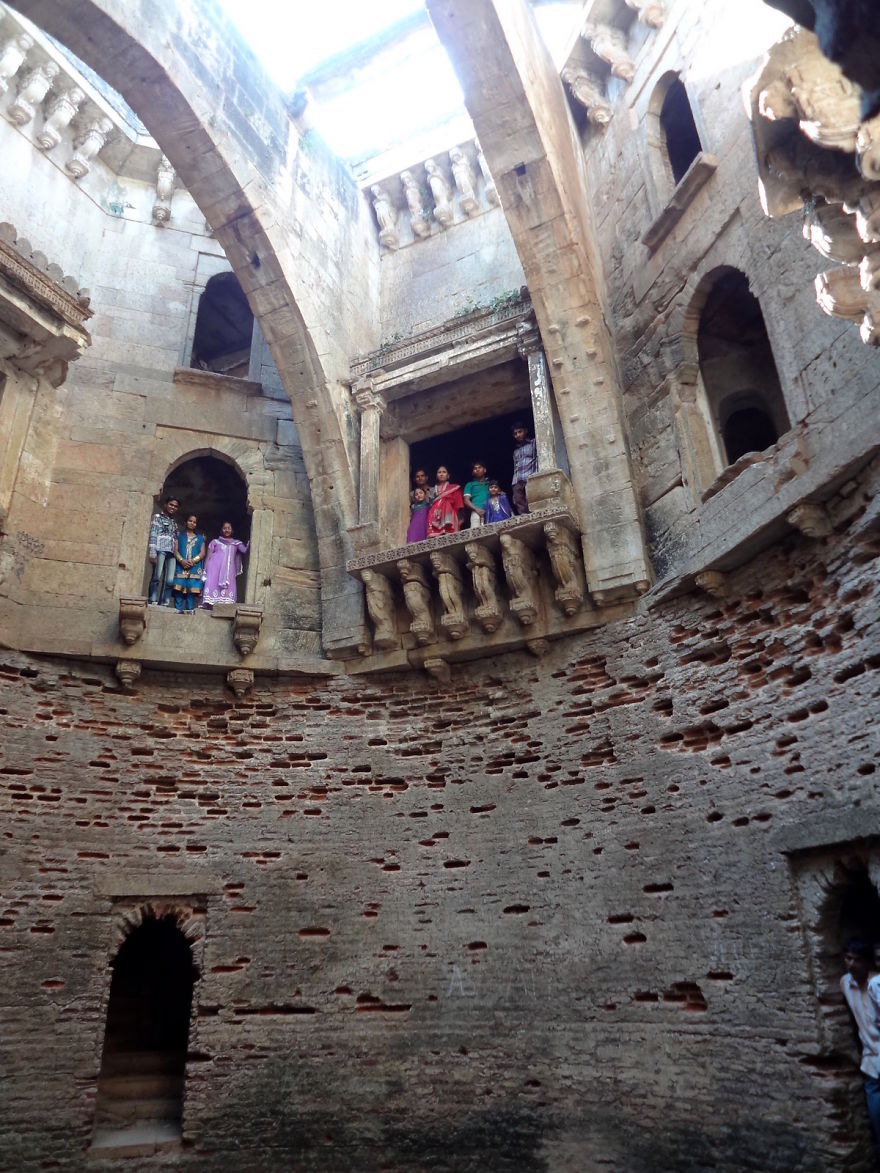















320
35